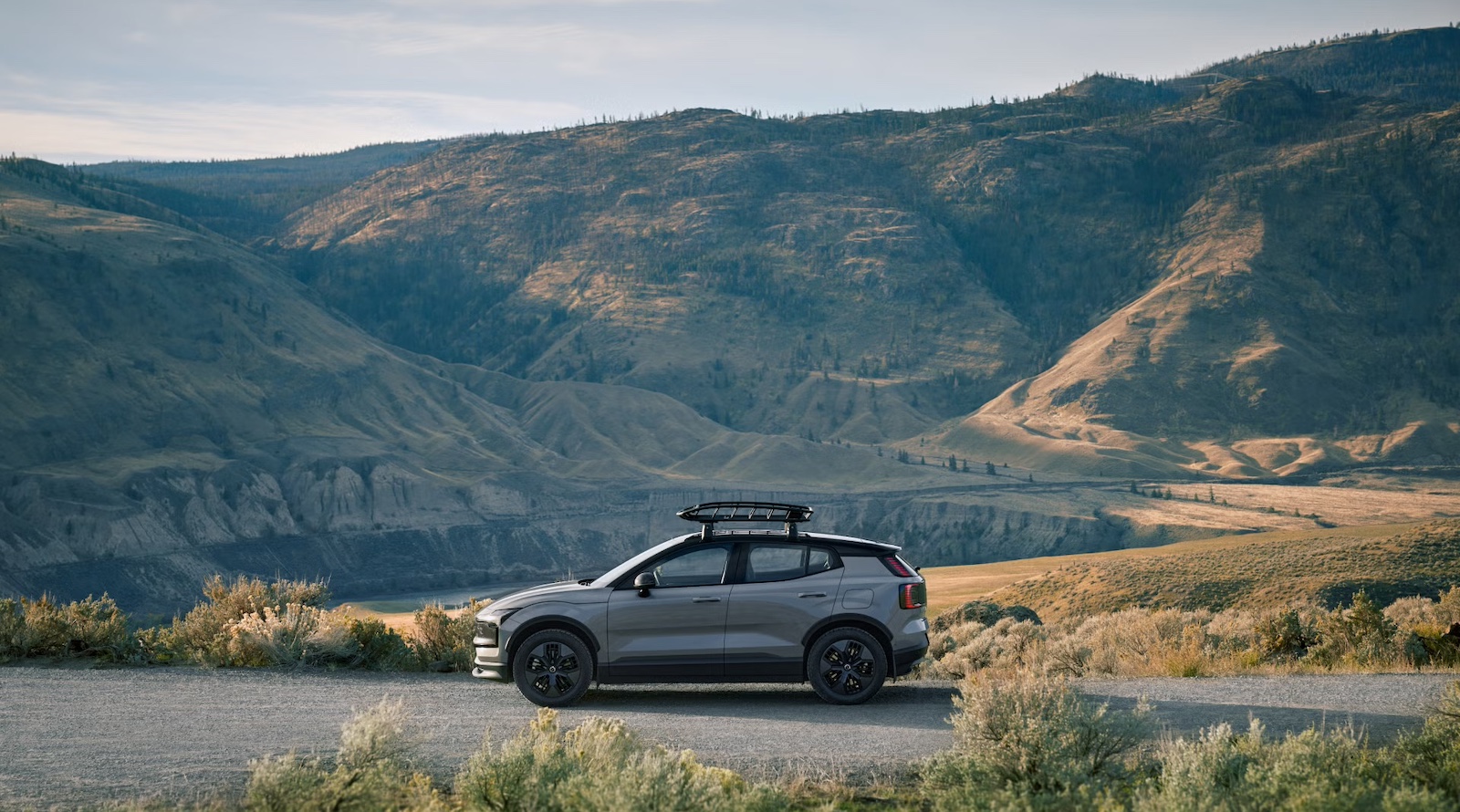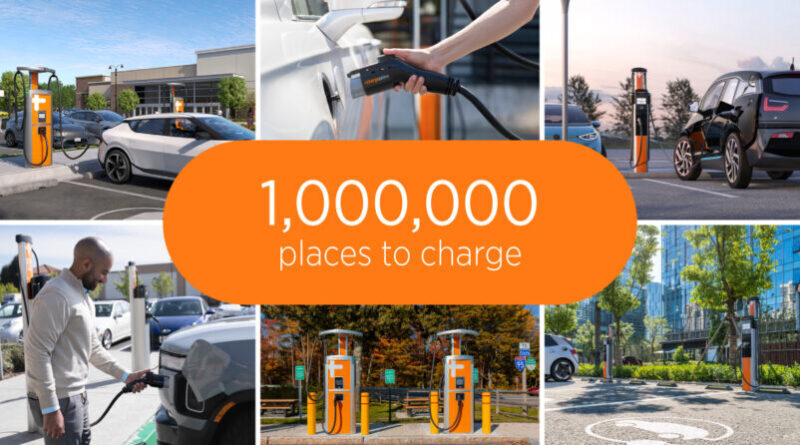Avina makes progress on Texas Gulf Coast clean ammonia project
US clean fuels company Avina Clean Hydrogen has concluded the front-end engineering design (FEED) and front-end-loading (FEL-3) for a clean hydrogen-to-ammonia facility in the Texas Gulf Coast with a targeted annual output of up to 800,000 metric tonnes.The FEED scope included the engineering design of ammonia synthesis loop, hydrogen and ammonia storage, electrolytic hydrogen production, renewable power integration and the engineering design of Outside Battery Limits (OSBL) facilities.The Gulf Coast Clean Ammonia project envisages clean ammonia production by utilising a blend of blue and electrolytic hydrogen. It will comply with the EU’s Renewable Fuels of Non-Biological Origin (RFNBO) standards allowing export to European RFNBO compliance markets.The facility is designed to integrate up to 280 metric tonnes per day of blue hydrogen, enabling the production of up to 600,000 metric tonnes per year of blue ammonia. Avina noted that the FEED process included close collaboration with electrolyser manufacturers and renewable energy suppliers to optimise the plant design.The company has secured the needed water supply under a long-term agreement with the local water district and has ensured access to 1 GW of transmission capacity.The FEED was led by Larsen & Toubro (L&T), with ammonia-focused construction contractor EXCEL being in charge of the constructability effort. KBR Inc provided the basic engineering design (BED) package and continued to support design activities.A final investment decision (FID) on the project is expected to be made in 2025, targeting commercial operations in 2028.Avina designs, builds and operates clean fuel plants to serve industries such as aviation, maritime, and mobility. In December, it announced a plan to invest USD 820 million (EUR 804.0m) to build a sustainable aviation fuel (SAF) facility in Southwest Illinois capable of producing up to 120 million gallons annually.(USD 1 = EUR 0.981)

US clean fuels company Avina Clean Hydrogen has concluded the front-end engineering design (FEED) and front-end-loading (FEL-3) for a clean hydrogen-to-ammonia facility in the Texas Gulf Coast with a targeted annual output of up to 800,000 metric tonnes.
The FEED scope included the engineering design of ammonia synthesis loop, hydrogen and ammonia storage, electrolytic hydrogen production, renewable power integration and the engineering design of Outside Battery Limits (OSBL) facilities.
The Gulf Coast Clean Ammonia project envisages clean ammonia production by utilising a blend of blue and electrolytic hydrogen. It will comply with the EU’s Renewable Fuels of Non-Biological Origin (RFNBO) standards allowing export to European RFNBO compliance markets.
The facility is designed to integrate up to 280 metric tonnes per day of blue hydrogen, enabling the production of up to 600,000 metric tonnes per year of blue ammonia. Avina noted that the FEED process included close collaboration with electrolyser manufacturers and renewable energy suppliers to optimise the plant design.
The company has secured the needed water supply under a long-term agreement with the local water district and has ensured access to 1 GW of transmission capacity.
The FEED was led by Larsen & Toubro (L&T), with ammonia-focused construction contractor EXCEL being in charge of the constructability effort. KBR Inc provided the basic engineering design (BED) package and continued to support design activities.
A final investment decision (FID) on the project is expected to be made in 2025, targeting commercial operations in 2028.
Avina designs, builds and operates clean fuel plants to serve industries such as aviation, maritime, and mobility. In December, it announced a plan to invest USD 820 million (EUR 804.0m) to build a sustainable aviation fuel (SAF) facility in Southwest Illinois capable of producing up to 120 million gallons annually.
(USD 1 = EUR 0.981)
What's Your Reaction?





























































